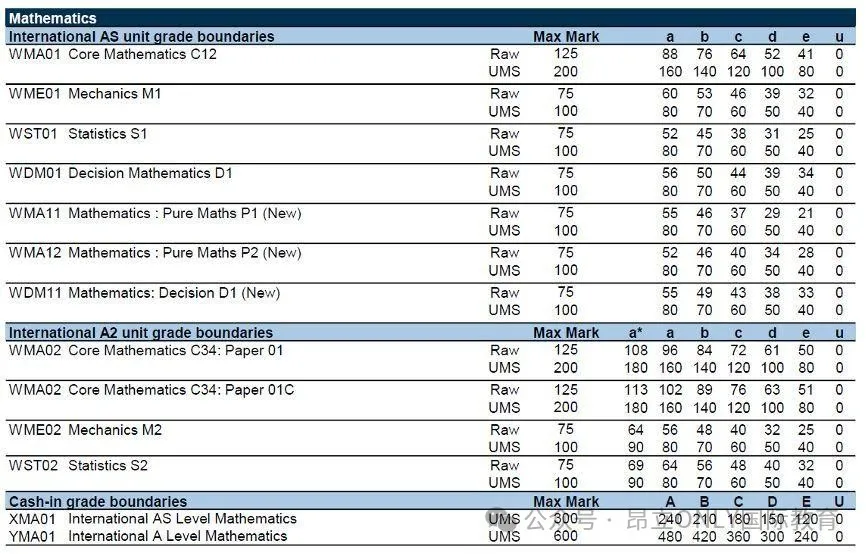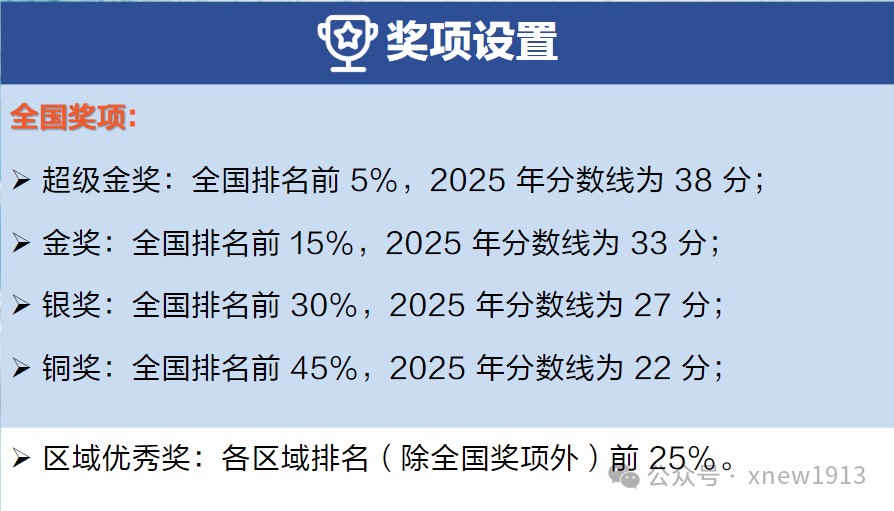古文明是托福阅读的常考话题之一。本期继续跟着Jackie老师一起来了解托福里面真题出现过的苏丹帝国(Sultanate Empires)和印加帝国(Inca Empire)的一些历史知识。如果没有提前了解,遇到此类话题真的会很“懵”!顺便积累一下相关词汇~
在历史的长河中,苏丹帝国与印加帝国、分别代表了西非与南美洲的辉煌文明。尽管它们在地理、经济、政治和文化等方面存在明显不同,但两者的兴衰历程都深刻地影响了各自区域的历史发展。
地理位置与环境
苏丹帝国位于西非,涵盖今天的马里(Mali)、尼日尔(Niger)和加纳(Ghana)等国。该地区位于撒哈拉沙漠(Sahara Desert)以南,气候多样,包括沙漠(desert)、草原(savanna)和热带雨林(tropical rainforest),这促进了不同经济活动的互补性,如牧民(herders)与农民(farmers)之间的贸易(trade)。
【真题节选】The broad flat expanse of the Western Sudanenables the placid Niger Riverto meanderin its sweeping arc from west to east, making the river ideally suited to human navigation. This topographyhas also allowed for the easy movement of peoples, languages, animals, crops, arts, and ideas. The dramatic diversity of temperature and climate that separates broad strips of territory has encouraged economic specialization within each region.
【译文】西苏丹(the Western Sudan)的广阔平坦地带上,宁静的尼日尔河(Niger River)从西向东蜿蜒流淌(meander),这样的河流走势非常适合人类航行(navigation)。这种地形(topography)还便于人们、语言、动物、农作物、艺术和思想的流动。温度和气候的显著多样性将广阔的领土分隔开来,促进了各个地区的经济专业化(economic specialization)。
相较之下,印加帝国位于南美洲的安第斯山脉(Andes Mountains),覆盖现代秘鲁(Peru)、厄瓜多尔(Ecuador)和智利(Chile)等地区。其复杂的山地(mountainous terrain)地形使得印加人发展出梯田农业(terrace farming),并建立了广泛的道路网络(road network)以连接各地。
【真题节选】At itspeakthe Inca Empire(1438-1532), which originated in the highlands of Peru, extended from the southern portion of present-day Colombia to central Chile.
【译文】印加帝国(the Inca Empire)(1438-1532)起源于秘鲁(Peru)的高地,在其巅峰(peak)时期,领土从现今哥伦比亚南部延伸到中智利的地区。
经济基础
苏丹帝国的经济主要依赖于跨撒哈拉贸易(Trans-Saharan Trade),黄金(gold)、盐(salt)和奴隶(slaves)是主要的出口商品。帝国内部经济互补,牧民与农民通过物物交换(barter)维持经济平衡。
【真题节选】Throughout the long history of the Western Sudan, the proximityof these disparate zones has made trade crucial to the prosperityof settled communities. Protein-deficient farmers of the savanna needed meat from their pastoral neighbors and salt from desert nomads. Nomadic herdersof the Sahel needed the cereals produced by the farmers and exchanged them for the meat and hides of their livestock. Forest dwellers traded meat and skins from the animals they hunted, as well as foodstuffs from forest crops. Fishermen of the Niger sent their protein-rich catches in all directions. This regional interdependence encouraged commerce,economic specialization, and in strategic locations, the creation of towns, cities, and states (societies with centralized political authority, a ruling class, and urban centers).
【译文】在西苏丹漫长的历史中,这些不同区域的相近性(proximity)使得贸易对定居社区的繁荣(prosperity)至关重要。草原上的缺乏蛋白质的农民需要来自牧民邻居的肉和沙漠游牧民提供的盐。萨赫勒的游牧牧民(Nomadic herders)需要农民生产的谷物(cereals),并用他们牲畜(livestock)的肉和皮进行交换。森林居民(forest dwellers)交易他们猎获动物的肉和皮毛,以及来自森林作物的食品。尼日尔河的渔民将富含蛋白质的渔获送往各个方向。这种区域间的相互依赖(interdependence)促进了商业、经济专业化(economic specialization),并在战略位置上创造了城镇、城市和国家(具有集中政治权威、统治阶级和城市中心的社会)。
印加帝国则主要依靠农业,尤其是梯田种植(crop cultivation on terraces),种植玉米(maize)、土豆(potatoes)等作物。印加人通过“米塔”制度(Mita System)组织劳动力,实现物资的中央再分配(redistribution),体现了计划经济(planned economy)的特征。
政治体制
苏丹帝国的政治体制是封建制度(feudalism),统治者(monarch)拥有中央权力,但地方酋长(local chiefs)享有较大自治权。曼萨·穆萨(Mansa Musa)是该帝国著名的统治者,以奢华的麦加朝圣(Hajj)而闻名。
麦加朝圣(Hajj)
印加帝国则是一个高度中央集权的政权,皇帝(Sapa Inca)被视为太阳神(Sun God)的化身,拥有绝对权力。印加通过严密的官僚体系(bureaucratic system)管理各个省份,并利用复杂的道路网络确保中央对地方的控制。
【真题节选】While some scholars maintain that the Inca Empire had a centralized government, others propose that the Inca approach to governance was mixed, with direct supervision in the central partof the empireand indirect ministration in the regions to the far north and south.
【译文】一些学者(scholar)认为印加帝国拥有中央集权政府(a centralized government),而另一些学者则提出印加的管理方式是混合的,即帝国对中心地区进行直接管理,而在北部和南部的边远地区则采用间接管理方式。
文化与宗教
苏丹帝国受伊斯兰文化(Islamic culture)影响深远,阿拉伯语(Arabic)在学术(scholarship)和宗教活动中广泛使用。廷巴克图(Timbuktu)是著名的学术中心,吸引了大量学者。
图为清真寺(mosque)
印加帝国的宗教为多神教(polytheism),以太阳神崇拜为核心,皇帝是太阳神的代表。印加人举行各种宗教仪式(religious ceremonies),包括人祭(human sacrifices),以求得神灵的庇佑。
【真题节选】To unify the empire and assert their control over subdued peoples, Inca leaders required all inhabitants to speak the Cuzco dialect of Quechua and to participate in the religious cult of the Sun god Inti.
【译文】为了维护帝国统一,加强控制被征服民族,印加领导者要求所有居民讲库斯科方言的克丘亚语,还要参与太阳神Inti(the Sun god Inti)的宗教崇拜仪式。
城市与基础设施
苏丹帝国的城市如廷巴克图是贸易和学术中心,但缺乏纪念性建筑(monumental architecture),主要以市场(market)和宗教场所为基础设施。
【真题节选】Recent archaeological excavations have revealed that the Western Sudan had thriving urban centers before the first camels made their way across the desert. Indeed, at Jenne on the Middle Niger, archaeologists have uncovered a sprawling urban settlementthat lacks the monumental architecture, elaborate tombs, and memorials to powerful individuals that are associated with contemporary Near Eastern and Nile Valley remains.
【译文】最新考古发现,西苏丹在第一批骆驼穿越沙漠之前就已经形成繁荣的城市中心。实际上,在中尼日尔的杰内,考古学家发现了广阔的城市遗址(urban settlement),但缺乏同时期近东和尼罗河谷遗址所拥有的宏伟建筑(monumental architecture)、复杂的墓葬以及权贵的纪念碑。
印加帝国以宏伟的城市建筑(architectural achievements)而闻名,如库斯科(Cuzco)和马丘比丘(Machu Picchu),展示出其卓越的石工技艺(stone masonry)和复杂的道路系统。
如今秘鲁的库斯库广场
马丘比丘
帝国的终结
苏丹帝国的终结主要受到内部权力斗争(internal power struggles)和外部侵略(invasions)的影响。1591年,摩洛哥军队(Moroccan army)入侵并击败了宋海帝国(Songhai Empire),标志着苏丹帝国的结束。
印加帝国则在16世纪初被西班牙征服者(Spanish conquistadors)皮萨罗(Pizarro)征服,西班牙人利用疾病(diseases)、技术优势(technological advantages)和印加内部权力斗争,加速了其崩溃。
尽管苏丹帝国与印加帝国在时间与空间上相隔甚远,但它们各自的发展历程反映了不同地理和文化背景下的文明成就与挑战。了解这两个帝国的历史,不仅帮助我们更深入地理解人类社会的演变,也能帮助我们更好地应对托福阅读考试哦。












